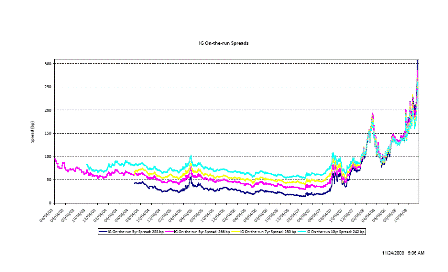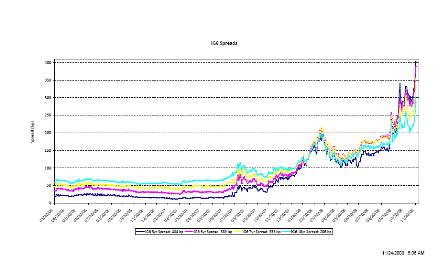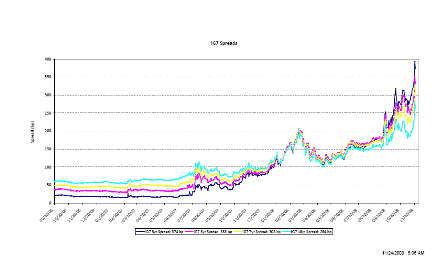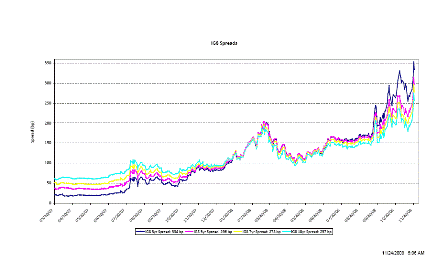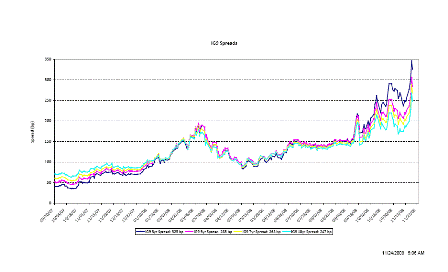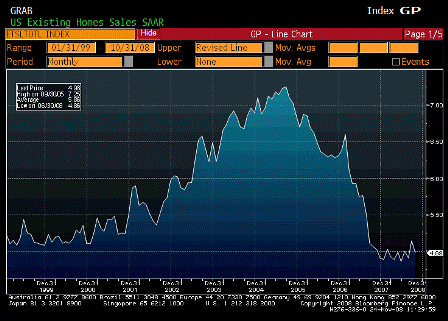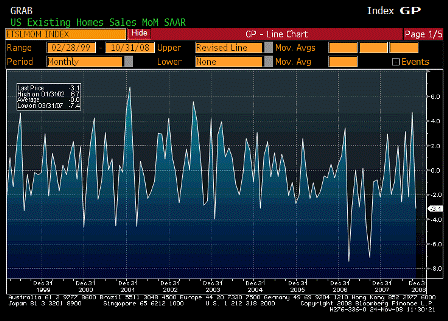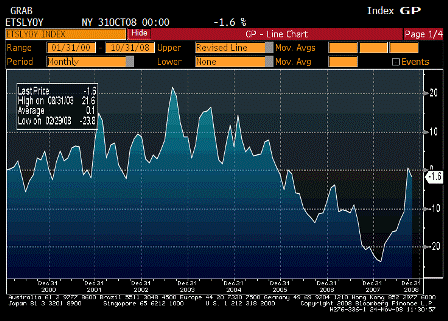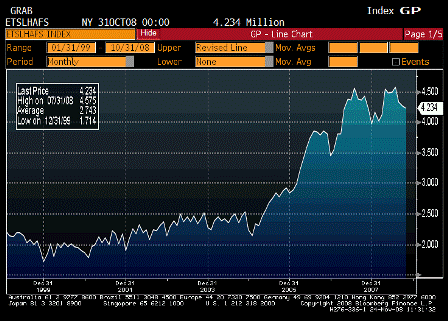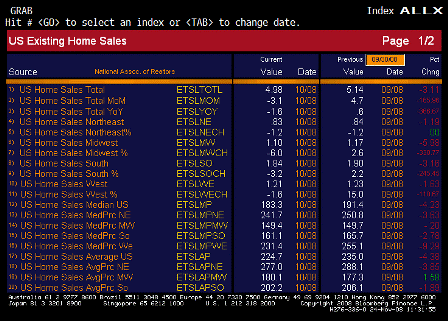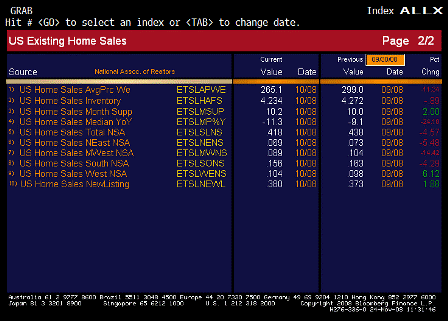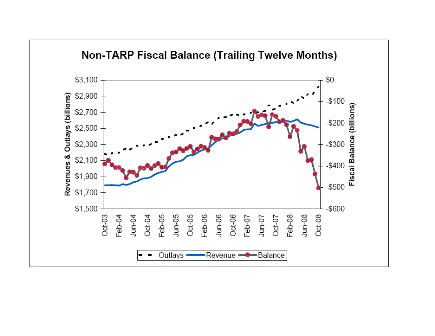Obama says drafting bold economic stimulus
U.S. President-elect Barack Obama said Saturday that he was crafting an aggressive two-year stimulus plan to revive the troubled economy, warning that swift action was needed to prevent a deep slump and a spiral of falling prices.
Agreed!
“If we don’t act swiftly and boldly, most experts now believe that we could lose millions of jobs next year,” the Democratic president-elect said in a weekly radio address.
Agreed!
Obama, who succeeds President George W. Bush on Jan. 20, said the economy could get worse before it gets better. “We now risk falling into a deflationary spiral that could increase our massive debt even further,” he said.
Obama said the plan would aim to save or create 2.5 million jobs by January 2011 and would be “big enough to meet the challenges we face.” Any additional jobs would offset what is expected to be a dismal employment picture in the near future.
I vote for ‘create’ and await clarity of what he means ‘boldly’.
[top]

